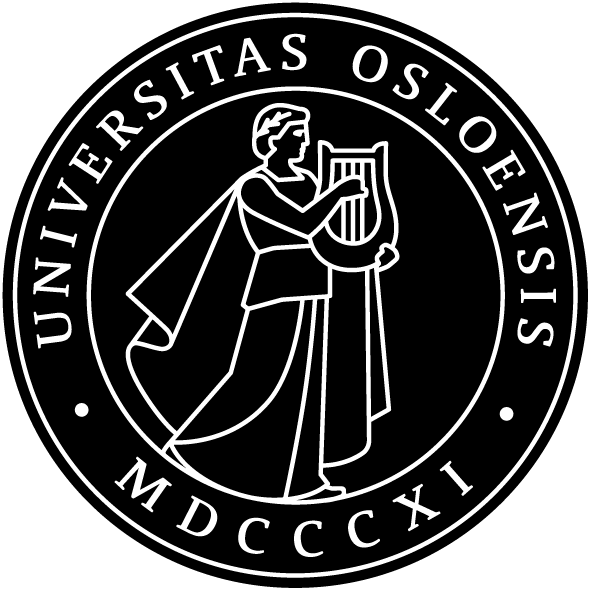Long-term trends in melanoma tumour thickness in Norway
Raju Rimal 1, 
@mathatistics
raju.rimal@medisin.uio.no
Raju Rimal1 Trude E Robsahm2 Adele Green3,4 Reza Ghiasvand2,5 Corina S Rueegg5 Assia Bassarova6 Petter Gjersvik7 Elisabete Weiderpass8 Odd O Aalen1 Bjørn Møller9 Marit B Veierød1
1 Oslo Centre for Biostatistics and Epidemiology, Department of Biostatistics, Institute of Basic Medical Sciences, University of Oslo, Oslo, Norway
2 Department of Research, Cancer Registry of Norway, Oslo, Norway
3 Department of Population Health, QIMR Berghofer Medical Research Institute, Brisbane, Australia
4 Cancer Research UK Manchester Institute, University of Manchester, Manchester, United Kingdom
5 Oslo Centre for Biostatistics and Epidemiology, Oslo University Hospital, Oslo, Norway
6 Department of Pathology, Oslo University Hospital – Ullevål, Oslo, Norway
7 Institute of Clinical Medicine, University of Oslo, Oslo, Norway
8 International Agency for Research on Cancer, Lyon, France
9 Department of Registration, Cancer Registry of Norway, Oslo, Norway

